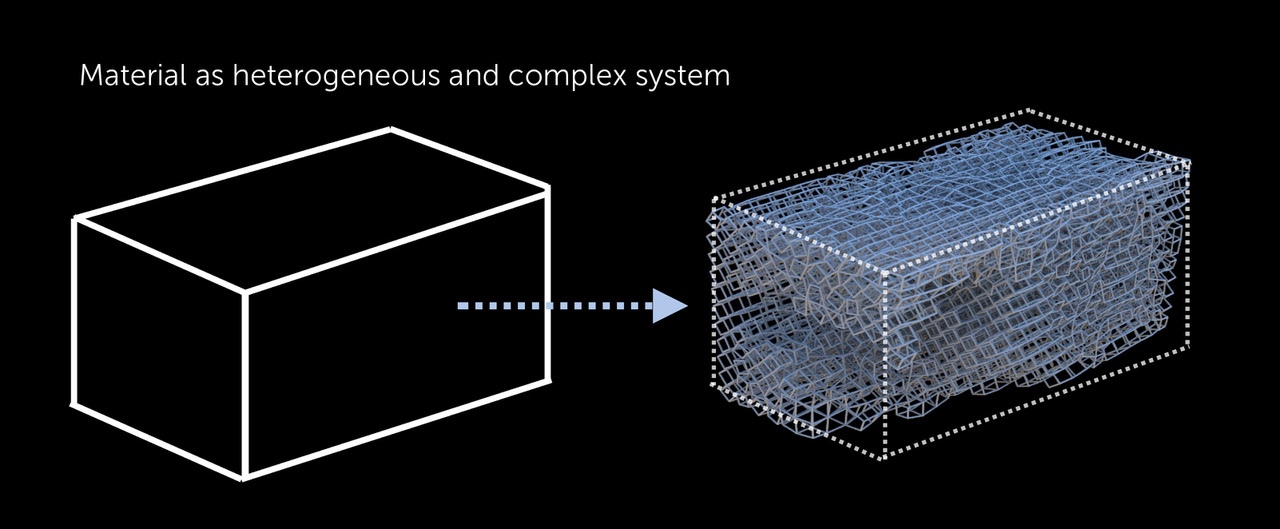4D Printing
4D PRINTINGMateriality of architecture is no longer seen as a fixed property and a passive receptor of digitally derived forms; the flexible nature of advanced manufacturing technology is more than just an enabler of formal complexity. In the “age of entanglement” the multidisciplinary, or better, antidisciplinary approach, breaks the boundaries between disciplines. Trough material engineering we have the possibility to understand and know the genotypic genetic heritage of materials and trough computational design we can embed data in material systems as phenotypes. Programmable matter can offer a new paradigm for construction and our approach is based on material as active generator of architectural design. The phenomenological taxonomy stems from the integrated (material – machine – human – environment) system. 4D printing is the tool that exploit materials whose properties can be programmed through the implementation of algorithms simulating and reproducing behavioural patterns and parameters related to the morphogenetic process. Material agency seeks to investigate design strategies exploring the symbiotic relationship between material engineering, computational design and digital fabrication.
RELATED PUBLICATIONS
- E. Pei. 4D Printing: dawn of an emerging technology cycle. Assembly Automation, 34, 2014.
- D. Raviv, W. Zhao, C. McKnelly, A. Papadopoulou, A. Kadambi, B. Shi, S. Hirsch, D. Dikovsky, M. Zyracki, C. Olguin, R. Raskar, S. Tibbits. Active Printed Materials for Complex Self-Evolving Deformations. Scientic Reports, 4(1), dec 2014a. https://doi.org/10.1038%2Fsrep07422
- A. Ritter. Smart Materials. Birkhauser, 2007.
- D. Shin, T. Kim, D. Kim. Review of 4D printing materials and their properties. International Journal of Precision Engineering and Manufacturing -Green Technology, 4(3):349-357, jul 2017. https://doi.org/10.1007%2Fs40684-017-0040-z.15
- S. Tibbits. 4D Printing: Multi-Material Shape Change. Architectural Design, 84(1):116-121, jan 2014a. https://doi.org/10.1002%2Fad.1710.
- S. Tibbits. Additive Hybrids. 3D Printing and Additive Manufacturing, 3(1):1, mar 2016. https://doi.org/10.1089%2F3dp.2016.29003.sti
- S. Tibbits, K. Cheung. Programmable materials for architectural assembly and automation. Assembly Automation, 32(3):216-225, jul 2012 https://doi.org/10.1108%2F01445151211244348
- S. Tibbits, C. McKnelly, C. Olguin, D. Dikovsky, S. Hirsch. 4D Printing and Universal Transformation. In Design Agency, Proceedings of the 34th Annual Conference of the Association for Computer Aided Design in Architecture (ACADIA) ISBN 9781926724478, Los Angeles 23-25 October, 2014, pp. 539-548, 2014. http://papers.cumincad.org/data/works/att/acadia14_539.content.pdf




